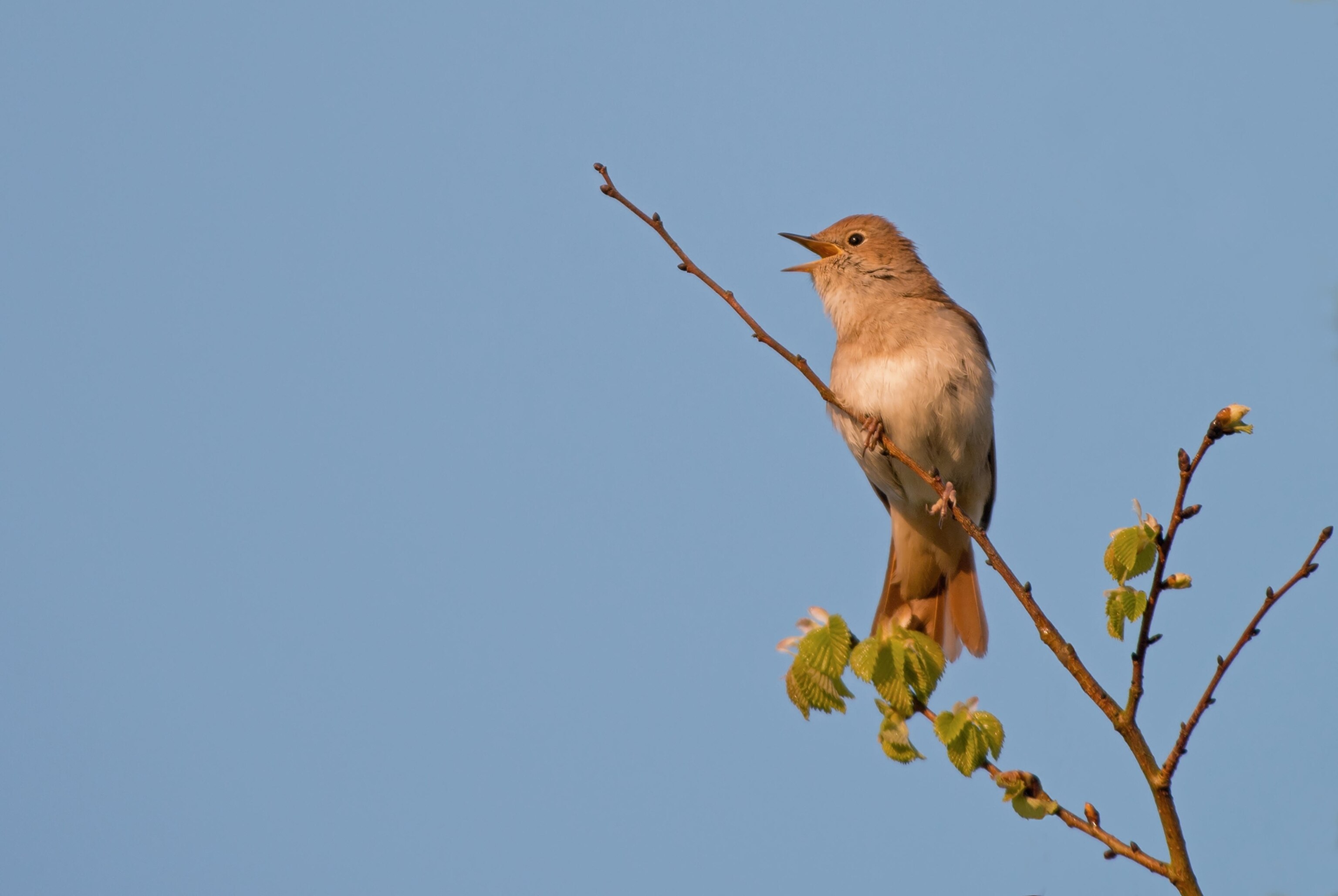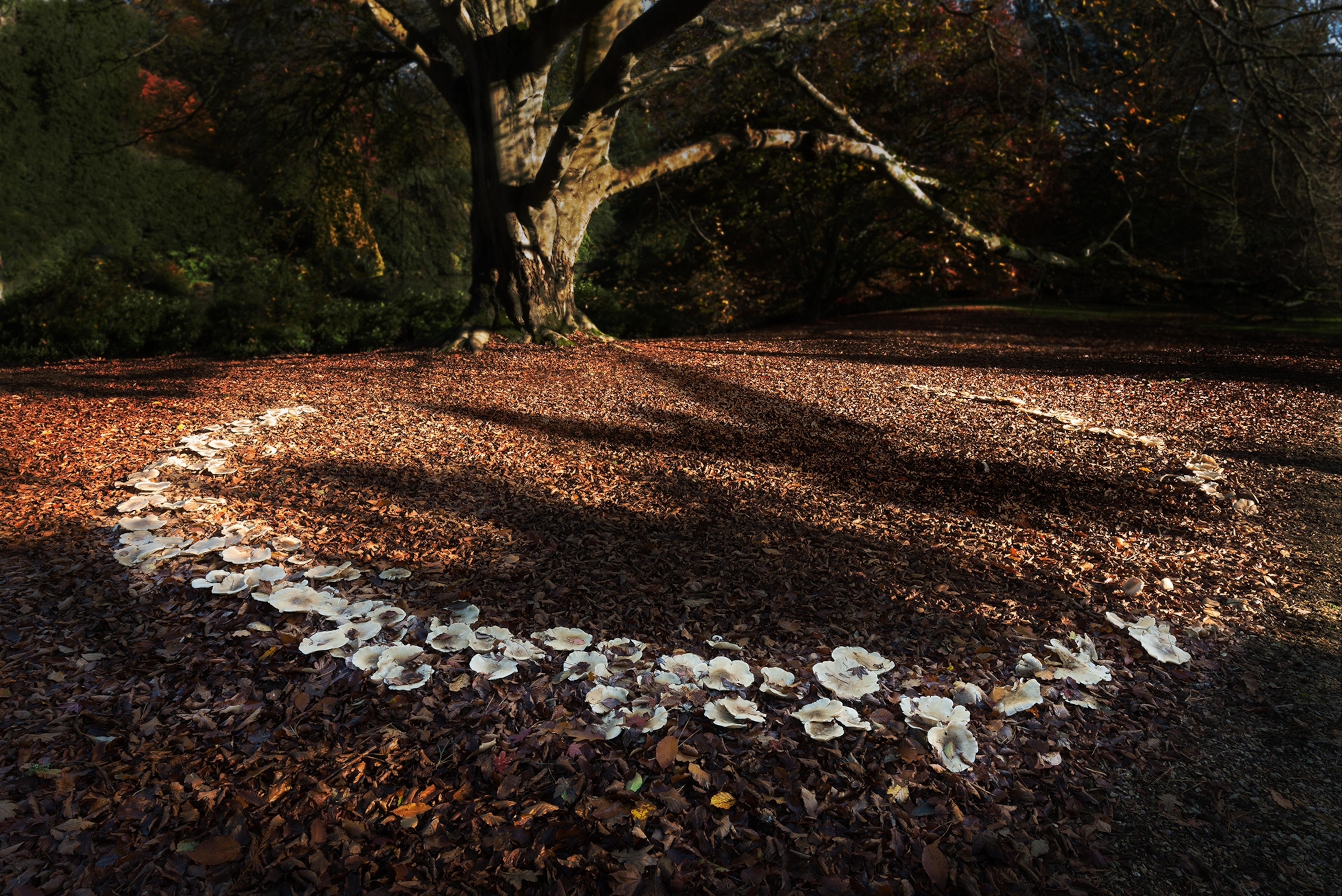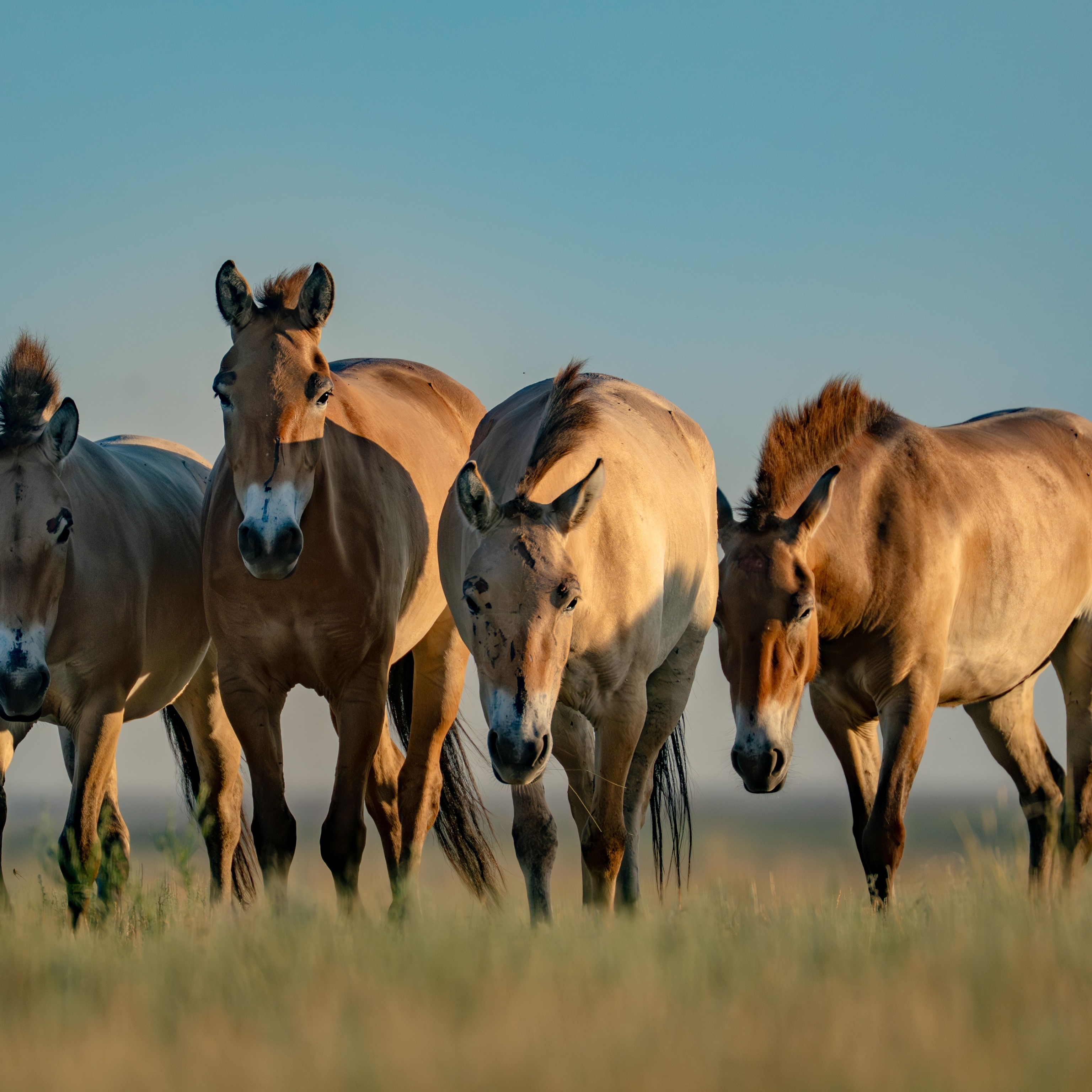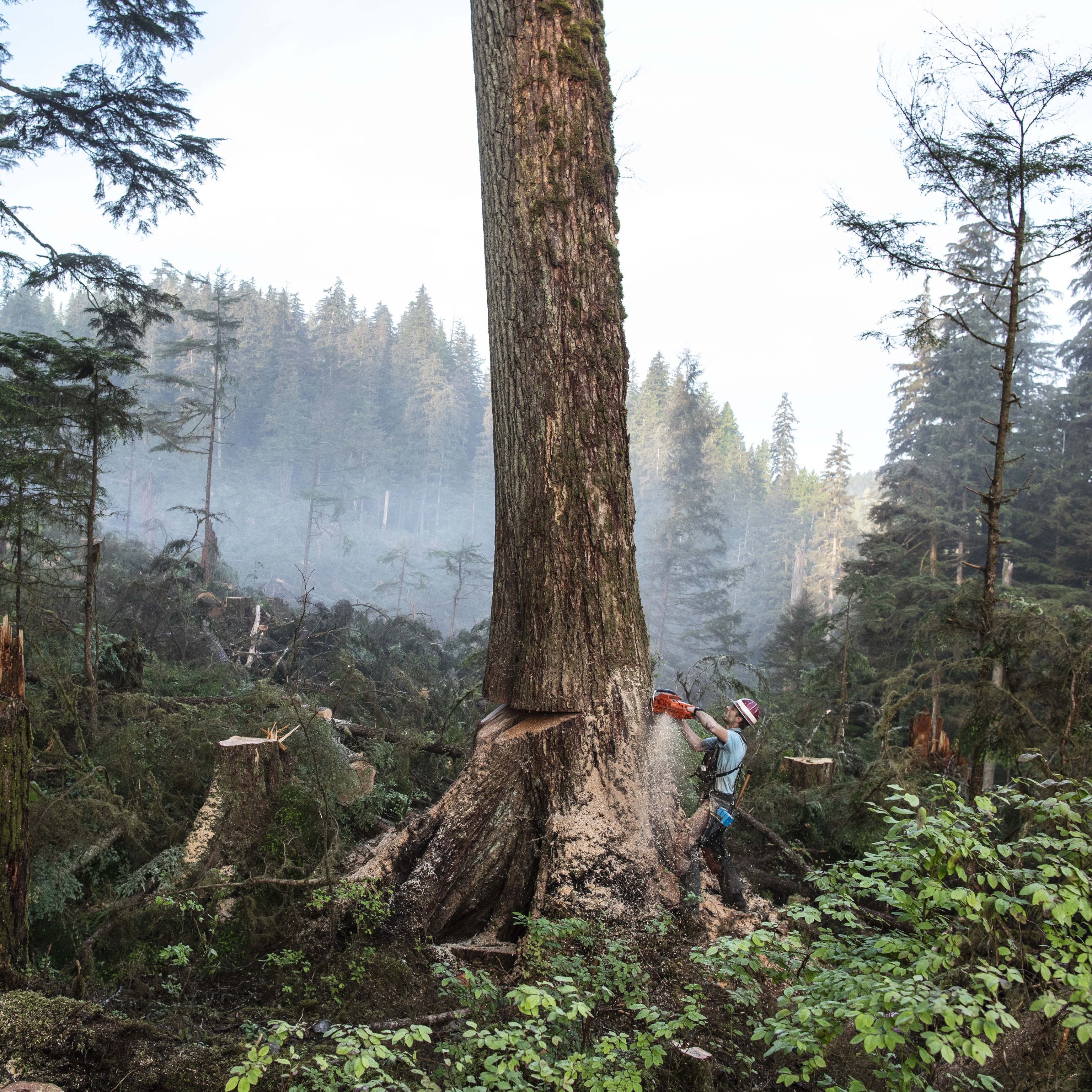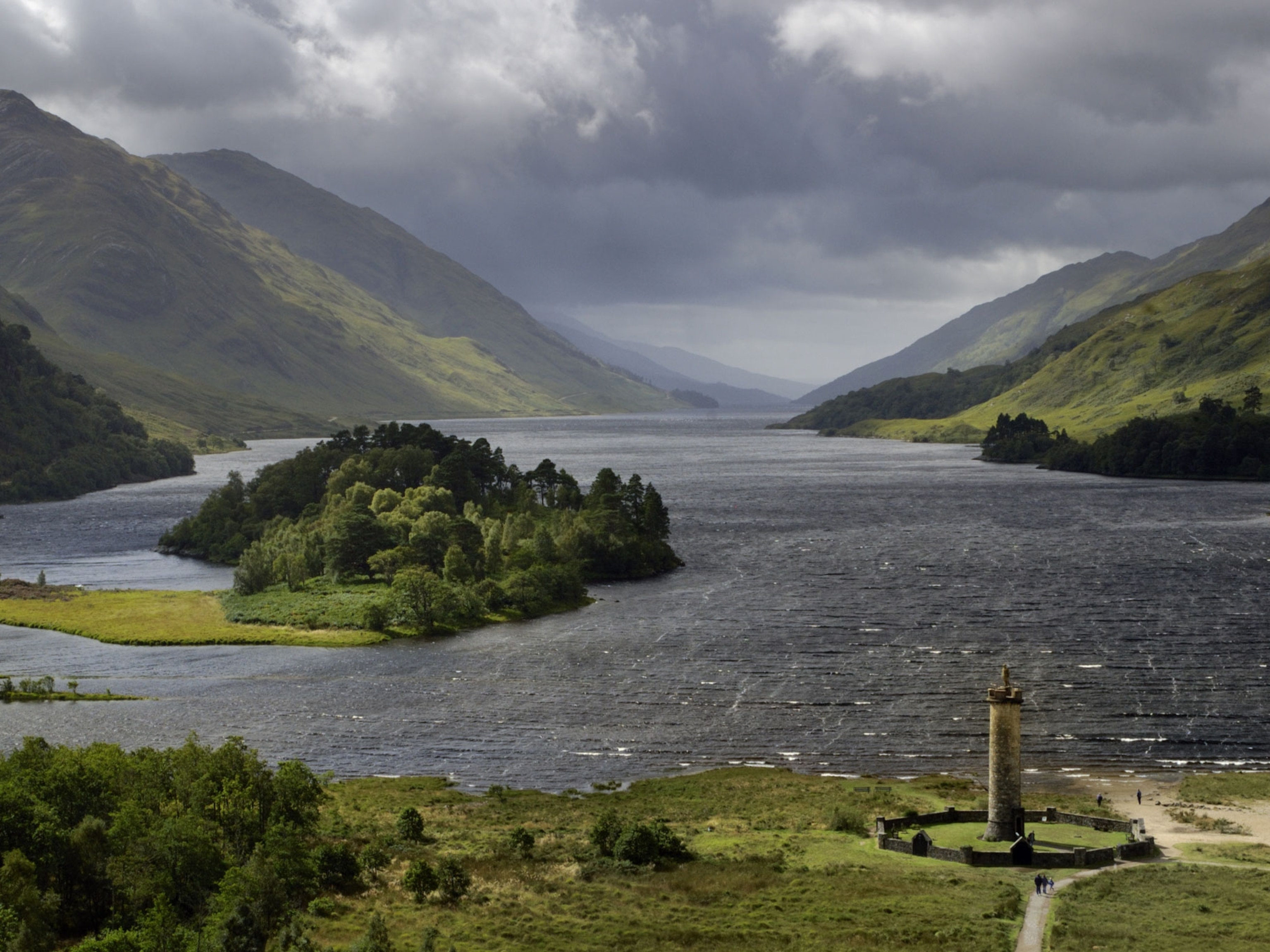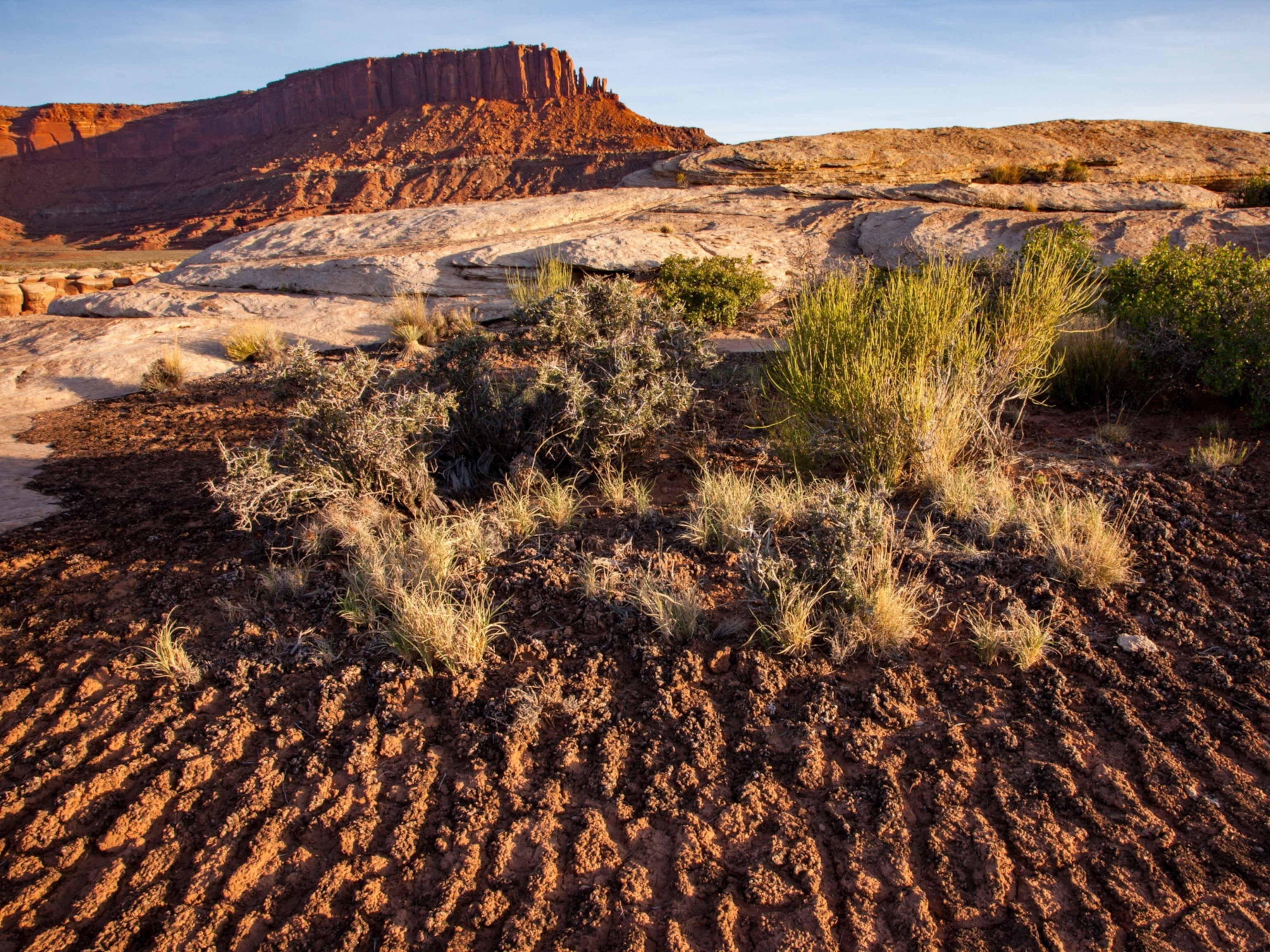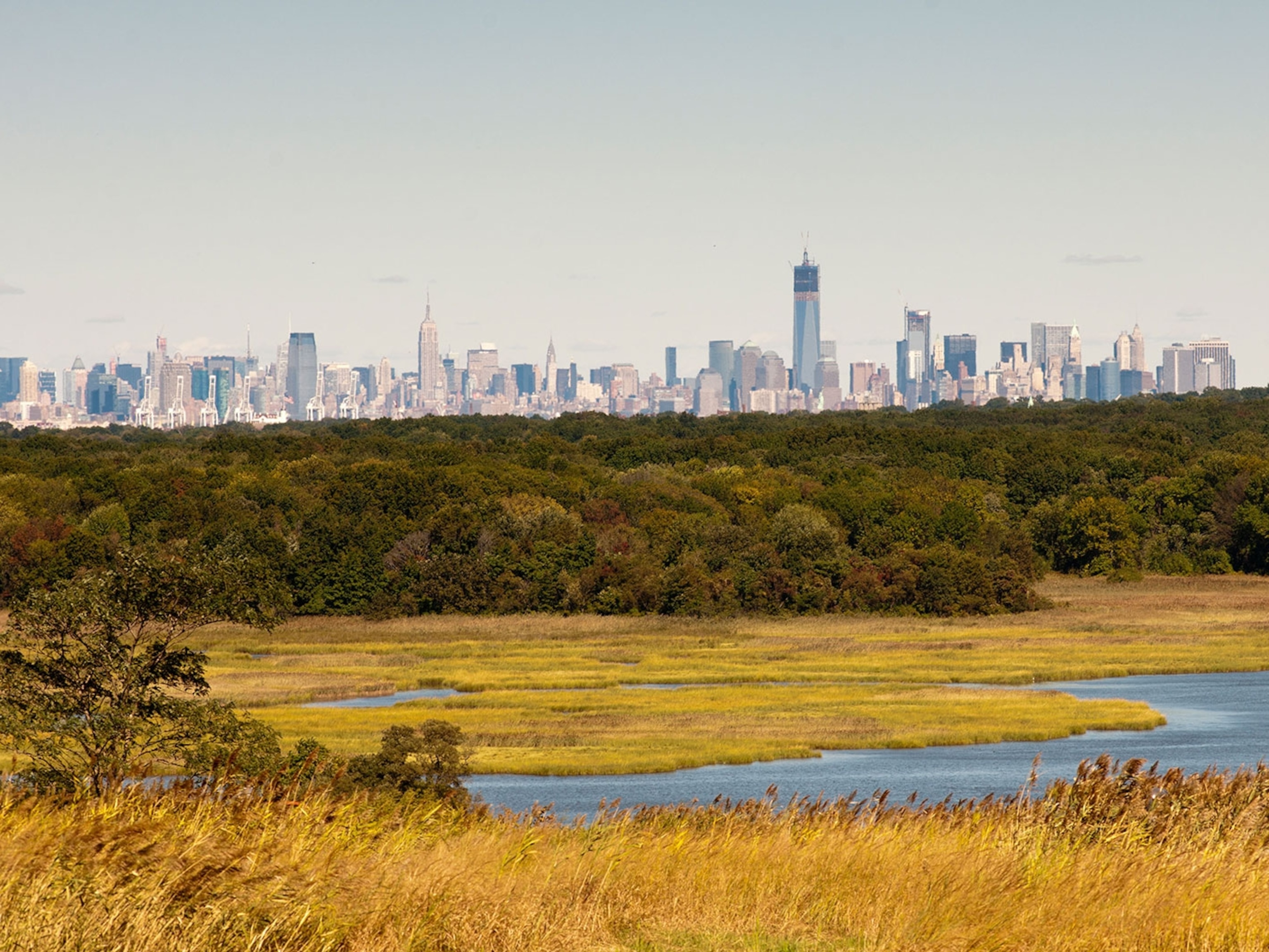When Nature Runs Wild, the Results Can Be Spectacular
So-called rewilding involves taking a hands-off approach to the land and letting natural processes happen.
In a sleepy corner of southern England, a revolution is taking place. For centuries, Knepp Castle’s 3,500-acre estate was devoted to intensive arable and dairy farming. But in 2001, Isabella Tree and her husband, Charlie Burrell, whose family has owned the property since the late eighteenth century, decided to sell the herds, put away the plows, and let nature take over. The results have been beyond even their wildest imaginings. Species like purple emperor butterflies and nightingales, which had not been sighted for a generation, returned, the soil recovered from decades of fertilizer overuse, and natural river systems were restored.
When National Geographic caught up with Tree, the author of Wilding, she explained how “wilding” means letting dynamic natural processes, including boom-and-bust cycles, take over; how the planet already produces more food than we need; and why there’s a lot you can do to rewild your own yard, even if it’s small.
Rewilding is a term that may not be familiar to all our readers. Can you explain it, and what you are trying to achieve at Knepp Castle?
Knepp Castle Estate is a 3,500-acre estate in West Sussex, about 44 miles south of central London, in the busiest, most congested area of Britain. It’s a little pocket of countryside that’s been intensively farmed for 60 or 70 years, when my husband inherited it from his grandparents in the early 1980s. It was a failing farm when we inherited it from his grandparents. We were children of the green revolution and assumed we knew much more than them [laughs] and that we could make a go of it.
For 17 years we carried on the family tradition of arable and dairy farming. Every inch of available land that could be plowed, was plowed. But around the 1990s, we hit the buffers. We realized we just couldn’t farm intensively on clay; it was never meant for it. Our clay is almost a no-man’s land for six months of the year, particularly when it’s raining, like it is now. [laughs] So we tried to find something else we could do working with the land, rather than against it. And in about 2000 we embarked on a rewilding project.
What we mean by that is trying to restore some natural processes into the landscape, some dynamism, so that nature is functioning fully and properly on its own. It’s a very hands-off project. We use free-roaming herds of animals to drive the project. They are the ones that create the habitat and biodiversity, driving the mosaic of different vegetation structures that life thrives in. The key to rewilding is taking a step back and letting natural processes happen, things we feel uncomfortable with because they’re dynamic and out of our control.
Tell us how Knepp’s ancient oaks inspired you and how trees communicate through fungi. It sounds like something out of the movie Avatar!
[Laughs] I think Avatar probably has some very good researchers on it looking at exactly this sort of thing! The oaks were our epiphany. We have a lovely oak, just a few yards away from the castle, which is known as the Knepp Oak because it’s such an amazing specimen. It’s 500 years old, so it would have seen the Roundheads and Cavaliers passing by in the English Civil War. It’s a monument! But it was beginning to split down the middle. In World War Two, when the Canadian Army was stationed in the castle, they tried to chain it together with tank chains and they’d done a pretty good job. But 60 years on, that was beginning to fail, too.
We heard about a wonderful man called Ted Green, who is the steward of the ancient oaks in Windsor Great Park. We got him along to look at this amazing tree and he said, actually that there’s not too much wrong with this oak, a bit of a haircut will do. Then he looked behind him at the Repton Park around the house, which had been plowed up in WWII as part of the Dig For Victory campaign to produce food for the country when it was on its knees, and had been plowed ever since. We carried on doing it because we thought that’s what we should do.
Ted looked at these trees, some of them 300-400 years old, and noticed we were plowing right up to their trunks. We had also been applying chemicals in ever-increasing quantities from the 1950s onwards. Our cattle were also grazing right underneath the trees, compacting the roots when they lay in the shade. Everything we were doing was assaulting these trees and making their life incredibly difficult! Plowing was chopping up the roots, which are very shallow, particularly when you’re on heavy clay like we are. We were also drenching the soil with fertilizers and herbicides, killing everything.
We are only just beginning to understand mycorrhizal fungi and their webs, which some people think can actually cover continents. It’s this amazing communication system, like a computer circuit board, that can alert trees of an assault, sending chemical signals through the circuit board to all the other trees in the vicinity. Not just trees of its own species, but other species as well, so they can fortify themselves as well. But we’d been cutting off all of their survival mechanisms!
The timeline and changes at Knepp have been amazing. In the past three years, since I visited, Knepp has experienced a number of astonishing revivals. Tell us about the success of the nightingales.
Yes! That’s one of our headline species! I don’t think any ecologist could have predicted that we would get them back on our post-agricultural land, let alone within such a short space of time. We’ve seen an emergence of thorny scrub and the nightingale just loves that! In 2002, we had no nightingales at all. That went to 32 in 2012. That’s 32 singing males!
We’re now one of the densest areas for nightingales in the whole of the U.K. That’s significant because nightingale numbers have dropped more than 90 percent since the 1960s. It’s a critically endangered bird and we might lose it from the U.K. altogether. There’s virtually no thorny scrub left today. But that’s exactly where nightingales love to be.
Britain’s self-sufficiency in homegrown food has dropped from 80 percent in 1980 to 62 percent and is projected to fall to 53 percent in 2040. If everyone rewilds their land, won’t there be a food crisis?
We are living in a global economy now where we like our avocadoes and bananas and out-of-season tomatoes. There’s this huge, moving market of food that travels around the globe. Whether that’s a good or bad thing, it is largely driven by the consumer. If we were just going to be self-sufficient, our diet would be very reduced. We’d be back to neeps and tatties and mutton [laughs]. The underlying fact that is often ignored in these considerations is that we are already producing enough food globally for 11 billion people, though we are just over 7 billion people now. With our miracles of modern technology we are producing more food than ever before on less land than ever before, and that is an amazing opportunity for nature.
Nobody is saying we need to rewild everywhere. But rewilding presents an extraordinary opportunity to use land that is not productive for farming for ecosystem services, including biodiversity of species or crop pollinators that agriculture depends on, which we know are in crisis at the moment. If we’re going to see our species survive in the face of climate change and increasing pollution, we need our ecological environment to be more resilient. That can only happen if these isolated pockets of nature are joined up. Rewilding can produce corridors and stepping-stones threading through the environment.
Flooding causes billions of dollars of damage to communities. How has your conservation at Knepp helped to protect surrounding communities by rewilding the river and lake? And can you explain how rewilding can help prevent flooding generally?
We have rewilded about 2.8 kilometers of the Adur River that passes across our land. It’s really a small stream that was canalized by the Victorians, who wanted to get the water off the land as quickly as possible to make every inch available for agriculture. It never really succeeded, though, because our land is so incredibly wet, especially the water meadows. After eight long years of bureaucratic wrangling with the environmental agency, we managed to get them to support our bid to push the river back onto its flood plain.
We filled in the canal, and it now has gone back to its original flood meanders. When it rains in a deluge, instead of rushing down that highway of a canal, straight towards the sea, washing away bridges and overwhelming culverts and drains, the water meadows now act like they always would have, soaking up the water and slowly releasing it over the coming days and weeks, so there’s never that flash flood. Even in times of drought you’re still getting the slow release of water, through this sponge effect of our soil structure.
We’re also going to apply for a license to release beavers. The case for having beavers in the landscape is overwhelming. We’ve seen that not just in North America, but also in successful reintroductions of beavers into Europe. They have a fantastically positive impact on biodiversity and water resources, particularly in headwaters and areas prone to flooding. Beavers act as these amazing hydrological engineers, which can create structures that prevent flooding. They’re an amazing keystone species that we’ve been missing for centuries.
I was fascinated by the effects rewilding has had on your soil and the discoveries you have made regarding carbon sequestration. Unpack that for us.
One of the problems farming is facing is the destruction of the soil structure. We have plowed and plowed, with the “magic” of chemical fertilizers, so we haven’t needed to regard our soil structure’s importance. Estimates suggest we now have only 100 harvests left in the UK before we’ve got nothing to plant in at all! At Knepp, we’re seeing microbes and microorganisms coming back into our soil. We’ve got dung beetles pulling dung back down into the soil and worms in the middle of fields that would have been virtually biologically dead when we were farming them. We also think the mycorrhizal networks are returning because we see wild orchids coming up in the middle of our fields, which are a very good indicator of mycorrhizal fungi. If you’ve got land under permanent pasture and you’re not plowing it, it also becomes very effective at carbon sequestration. That’s another ecosystem service provided by rewilding.
Not everyone has a 3,000-acre estate and a castle; what can the rest of us do to help wildlife and the soil recover?
With rewilding we’re talking about ecological processes, a kind of dynamism. We are also talking about scale. It needs to be of a certain scale for nature to start functioning in a dynamic way again. It all depends on what the land is like, its history and location. I’ve been to a rewilding project in Holland, which is only 350 hectares, and just by introducing a handful of bison and some Konik ponies, they’ve restored this incredibly fragile sand dune ecosystem.
It doesn’t have to be huge for something amazing to happen. We’re seeing small-hold farmers getting together so that they can pull up the boundaries between them and create a rewilding project. Even if you’ve a little patch of land somewhere, or even just a back garden, you can do a lot. Talk to local wildlife trusts to see how your plot of land can connect to somebody else’s as a stepping stone to link with another nature reserve. If you’ve got a tree, allow the dead wood to stay underneath it, so it can become habitat for invertebrates. Don’t mow the lawn so much and definitely don’t use chemicals in your garden. Keep it organic! We all have a part to play in the web of connectivity.
This interview was edited for length and clarity.
Simon Worrall curates Book Talk. Follow him on Twitter or at simonworrallauthor.com.
